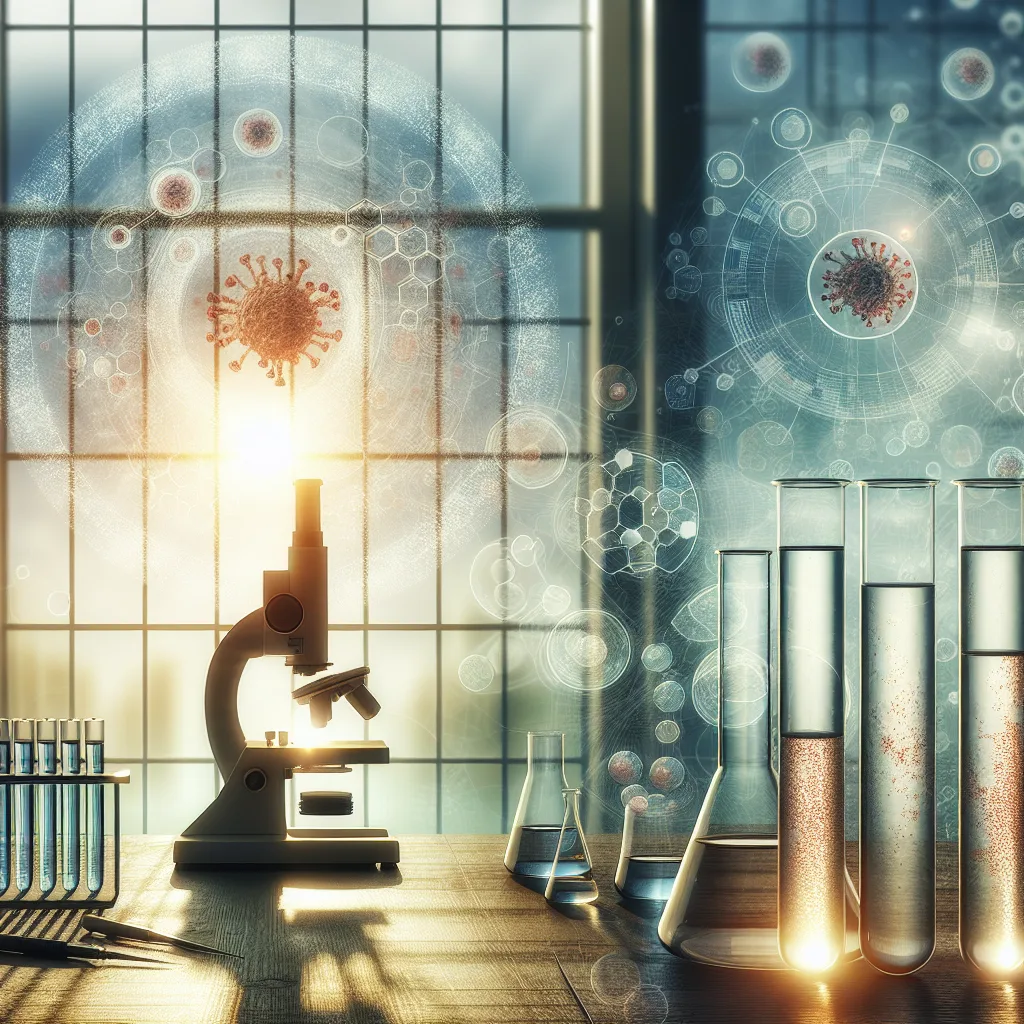Acute Lymphoblastic Leukemia: Current Treatments and Future Progress
Acute lymphoblastic leukemia (ALL) is a type of cancer that affects the bone marrow and blood. It is characterized by the overproduction of immature white blood cells known as lymphoblasts. ALL is the most common type of cancer in children, but it can also occur in adults. In this article, we will discuss the epidemiology, diagnosis, and treatment options for ALL, as well as the promising future drugs that are currently in late-stage clinical trials.
Epidemiology of Acute Lymphoblastic Leukemia
ALL affects individuals of all ages, but it is more prevalent in children. It accounts for approximately 20% of all childhood cancers. The exact cause of ALL is unknown, but certain genetic and environmental factors may increase the risk. These factors include exposure to high levels of radiation, certain genetic disorders, and a family history of leukemia. Boys are slightly more likely to develop ALL than girls.
Diagnosis of Acute Lymphoblastic Leukemia
The diagnosis of ALL involves a series of tests and procedures. Initially, a complete blood count (CBC) is done to evaluate the number and types of blood cells. If the results indicate a potential issue, a bone marrow biopsy may be performed to confirm the diagnosis. Other tests, such as flow cytometry and genetic testing, are also commonly used to determine the subtype of ALL and guide treatment decisions.
Treatment Options for Acute Lymphoblastic Leukemia
The treatment for ALL typically involves a combination of chemotherapy, radiation therapy, and stem cell transplantation. Chemotherapy is the mainstay of treatment and aims to kill the cancer cells and prevent their regrowth. Radiation therapy may be used to target specific areas of the body affected by leukemia cells. In certain cases, a stem cell transplant may be recommended to replace diseased bone marrow with healthy stem cells.
There are several drugs that are commonly used in the treatment of ALL. These include:
- 1. Vincristine: This chemotherapy drug disrupts the cell division process in cancer cells, preventing their growth and spread.
- 2. Prednisone: A corticosteroid that helps kill leukemia cells and reduce inflammation in the body.
- 3. L-asparaginase: This drug deprives leukemia cells of a vital nutrient called asparagine, which inhibits their growth.
- 4. Methotrexate: Another chemotherapy drug that interferes with the DNA synthesis process in cancer cells.
- 5. Imatinib: A targeted therapy drug that specifically inhibits the activity of abnormal proteins in leukemia cells.
These drugs, in combination with other chemotherapy agents, form the basis of frontline therapy for ALL. They have shown significant efficacy in inducing remission and improving overall survival rates in patients.
Promising Future Drugs in Late-Stage Clinical Trials
Several promising drugs are currently in late-stage clinical trials for the treatment of ALL. These drugs aim to further improve outcomes and reduce the side effects associated with traditional chemotherapy regimens.
One such drug is Blinatumomab, a bispecific T-cell engager antibody. It works by bringing together T cells and leukemia cells, allowing T cells to recognize and destroy the cancer cells. Blinatumomab has shown promising results in clinical trials, demonstrating high response rates and prolonged remissions in patients with relapsed or refractory ALL.
Another potential future drug is Inotuzumab ozogamicin, an antibody-drug conjugate. This drug targets leukemia cells and delivers a potent chemotherapy agent directly to them, minimizing damage to healthy cells. Clinical trials have shown that Inotuzumab ozogamicin can induce high response rates and improve overall survival in patients with relapsed or refractory ALL.
While these future drugs hold great promise, it is important to note that they are still undergoing clinical trials and are not currently approved for routine use. However, their potential impact on the treatment landscape of ALL is highly anticipated.
Conclusion
Acute lymphoblastic leukemia is a challenging cancer, especially in children. The current treatment options, including a combination of chemotherapy, radiation therapy, and stem cell transplantation, have significantly improved outcomes for patients. However, ongoing research and clinical trials hold the promise of even better treatments for ALL. Drugs like Blinatumomab and Inotuzumab ozogamicin have shown great potential in late-stage clinical trials, offering hope for improved survival rates and reduced toxicity. As we continue to advance in our understanding of ALL, it is crucial to support and participate in clinical trials to further progress in the field of leukemia treatment.
